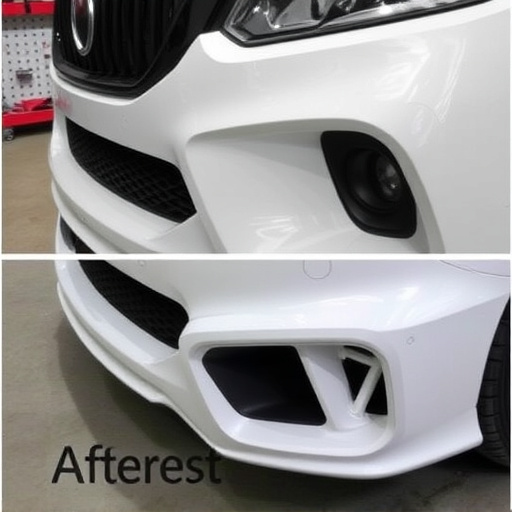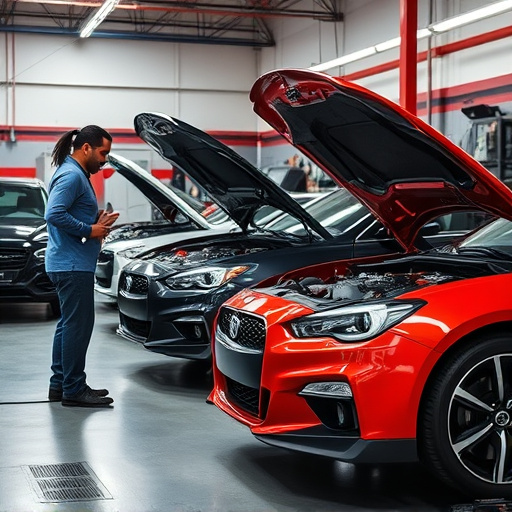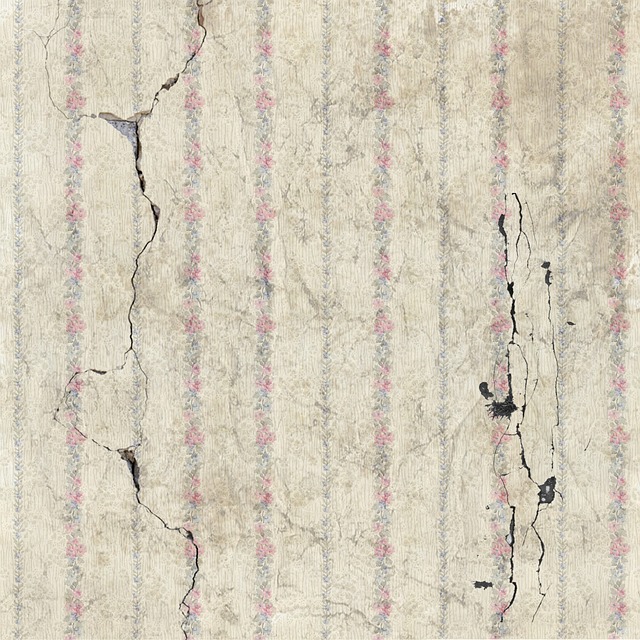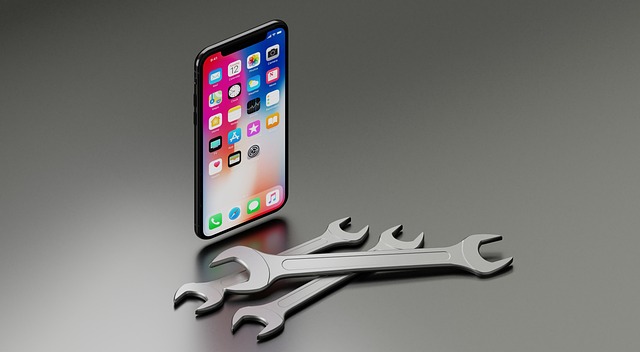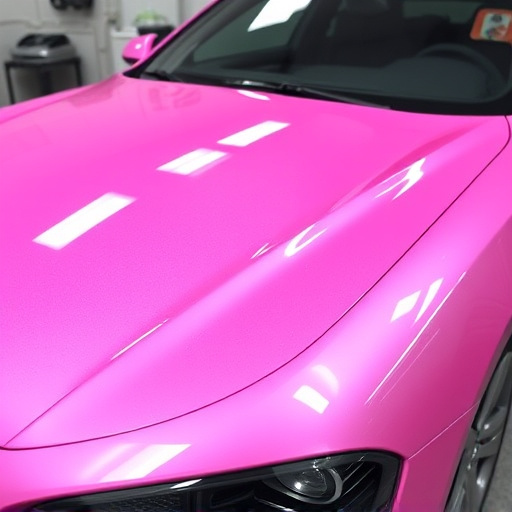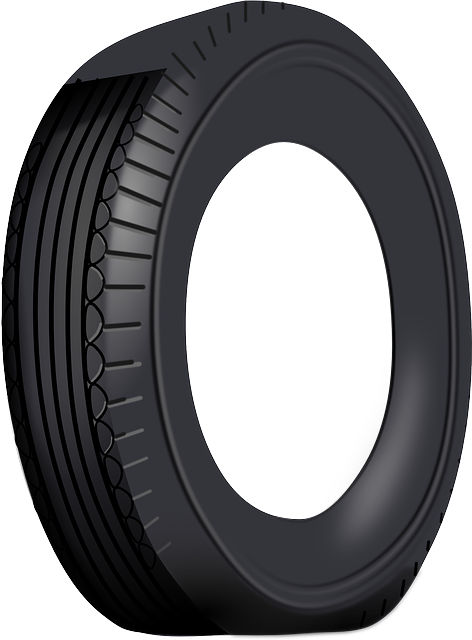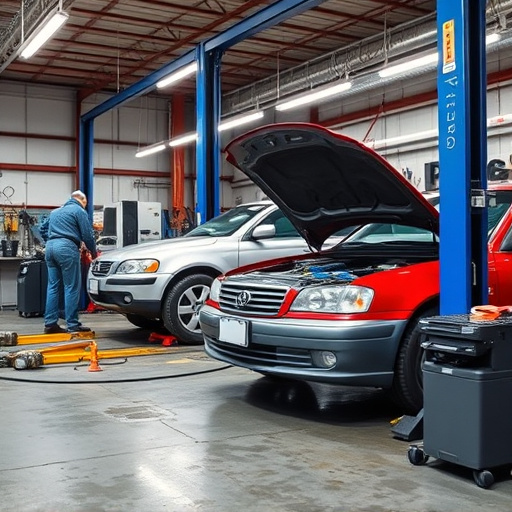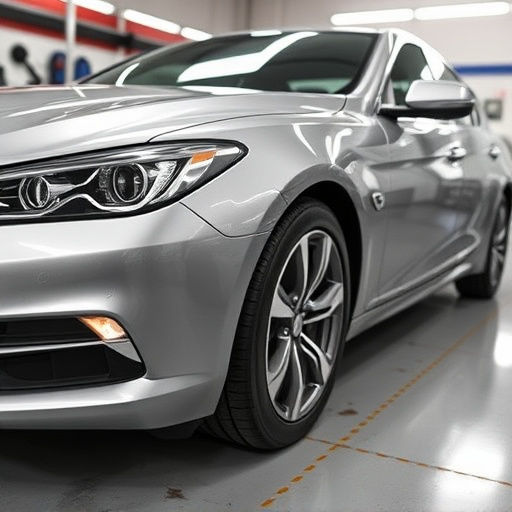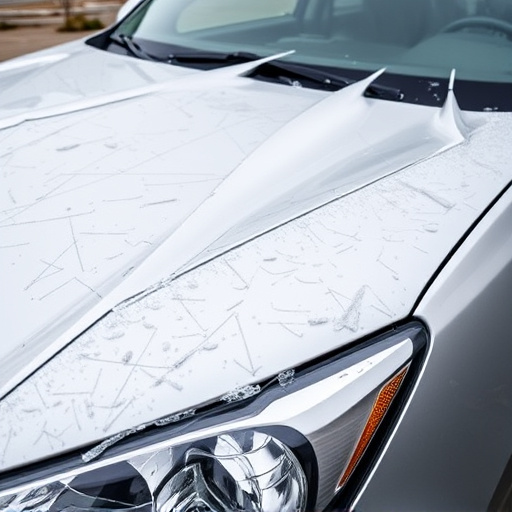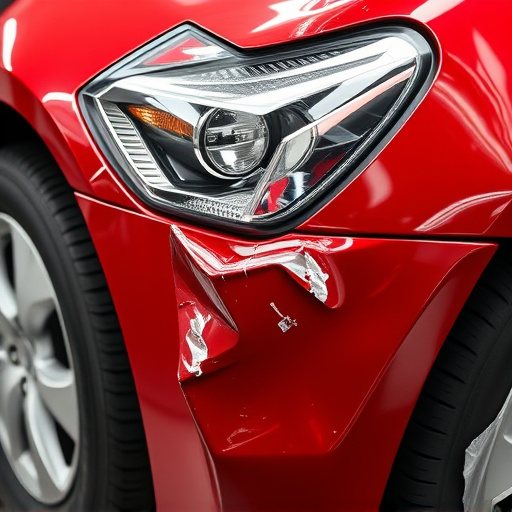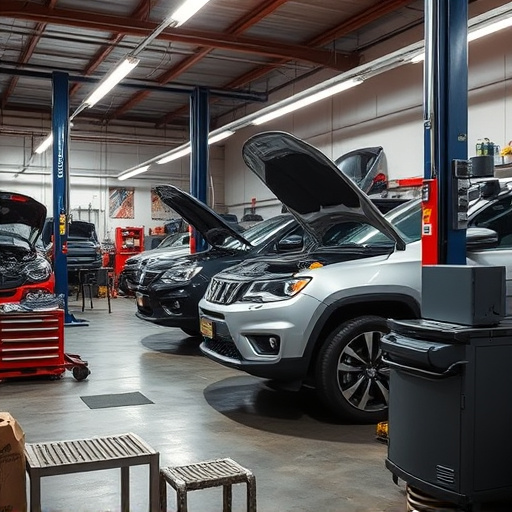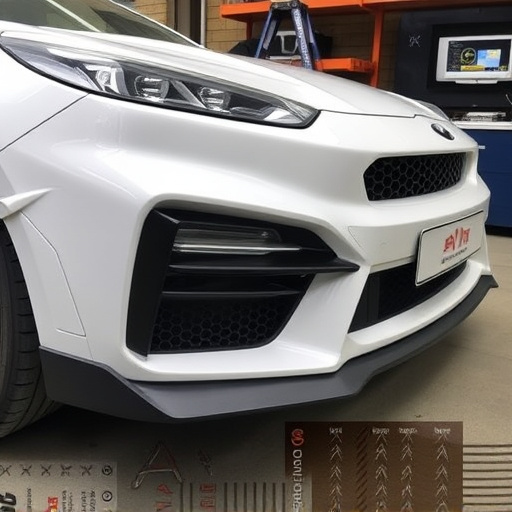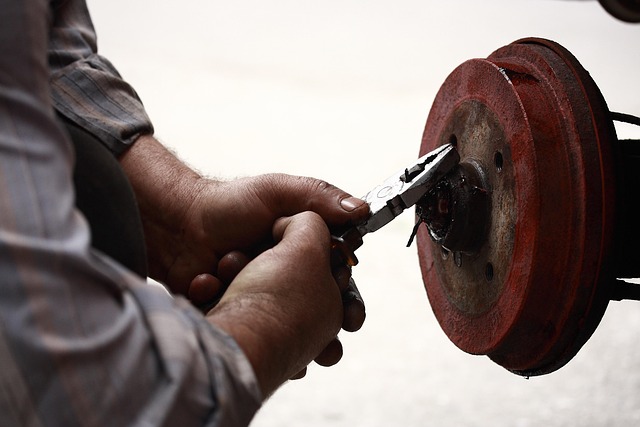Environmental conditions like temperature, humidity, and sunlight impact vehicle paint finish longevity and warranty. Extreme weather requires specialized paints, while regular washing and waxing protect against dirt and moisture in diverse climates. Accurate repairs adhering to manufacturer guidelines ensure warranty coverage, with specific maintenance needed for moist or high-precipitation areas to prevent water damage and degradation.
In today’s world, understanding the environmental factors impacting paint durability is crucial for ensuring robust paint finish warranty coverage. This article delves into the intricate relationship between climate, regional variations, and the longevity of painted surfaces. By exploring key influences such as temperature extremes, humidity levels, and air pollution, we uncover best practices to safeguard warranty validity across diverse climates. Learn how proactive measures can extend the lifespan of paint finishes, offering peace of mind for consumers and contractors alike.
- Understanding Environmental Impacts on Paint Durability
- Key Factors Influencing Paint Finish Warranty Coverage
- Best Practices for Protecting Warranty Validity in Diverse Climates
Understanding Environmental Impacts on Paint Durability

The environmental conditions play a significant role in determining the longevity and durability of paint finishes on vehicles, especially when it comes to collision repair services and vehicle restoration projects. Factors like temperature extremes, humidity levels, and sunlight exposure can all impact the quality and longevity of the paint job over time.
High temperatures accelerate the drying process, which may seem beneficial, but it also causes the paint to cure quickly without achieving its maximum strength. Conversely, low temperatures can slow down this curing process, potentially leading to weaker bonds between layers of paint. Humidity, on the other hand, is a double-edged sword; while it prevents the paint from drying too quickly, excessive moisture can cause peeling and compromise the finish’s resistance to fading or chipping, particularly in a collision repair center environment where vehicles are often left exposed outdoors for extended periods post-restoration.
Key Factors Influencing Paint Finish Warranty Coverage

Several key factors significantly influence paint finish warranty coverage. One of the primary considerations is environmental conditions. Extreme temperatures, high humidity levels, and prolonged exposure to sunlight can impact the durability and longevity of a paint job. For instance, regions with harsh climates often require specific types of paint designed to withstand frost, snow, or intense heat, ensuring the warranty remains valid.
Additionally, the process of car dent repair or hail damage repair plays a crucial role in determining warranty coverage. During these repairs, it’s essential that the car body shop follows manufacturer guidelines and uses high-quality materials to match the original paint finish precisely. This attention to detail is not just for aesthetics but also guarantees that the paint job meets the standards required for a valid warranty.
Best Practices for Protecting Warranty Validity in Diverse Climates
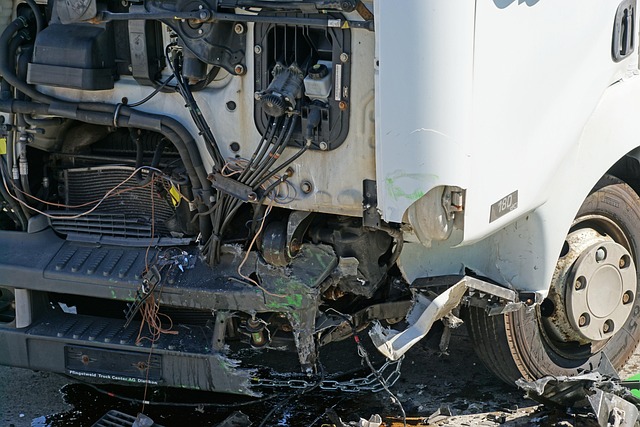
In diverse climates, protecting the validity of a paint finish warranty requires tailored best practices. For regions with extreme temperatures and varying humidity levels, regular maintenance is key. This includes washing vehicles frequently to prevent dirt and salt buildup, which can compromise the paint’s integrity. Additionally, applying wax or sealants after detailed car paint repair or collision repair center services offers extra protection against environmental damage.
When dealing with moist climates or areas prone to high precipitation, it’s crucial to ensure cars are dried thoroughly before storing them or leaving them unattended. Using a car dent removal service to fix dents and scratches promptly prevents water from seeping into the paint, which can lead to rust and degradation over time. Regular inspections and quick responses to any signs of damage will help maintain the quality of the paint finish and ensure warranty coverage remains valid.
Environmental conditions play a significant role in determining the longevity and durability of paint finishes, impacting paint finish warranty coverage. By understanding the key environmental factors and implementing best practices, businesses and consumers can ensure the validity and effectiveness of their paint warranties, regardless of climate. This proactive approach not only protects investments but also fosters confidence in the quality and reliability of paint products across diverse environments.
